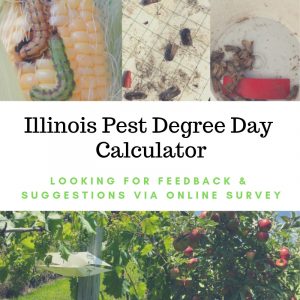UIUC Field Crop Extension Conferences- Sign up today!
What do you need to know for the 2020 growing season? The University of Illinois will address several key topics at four regional conferences around the state in January and February. The meetings will provide a forum for discussion and interaction between participants, University of Illinois researchers, and Extension educators.
Conference dates and locations are:
Jan. 22 DoubleTree by Hilton, Mount Vernon
Jan. 29 Brookens Auditorium at University of Illinois, Springfield
Feb.…






